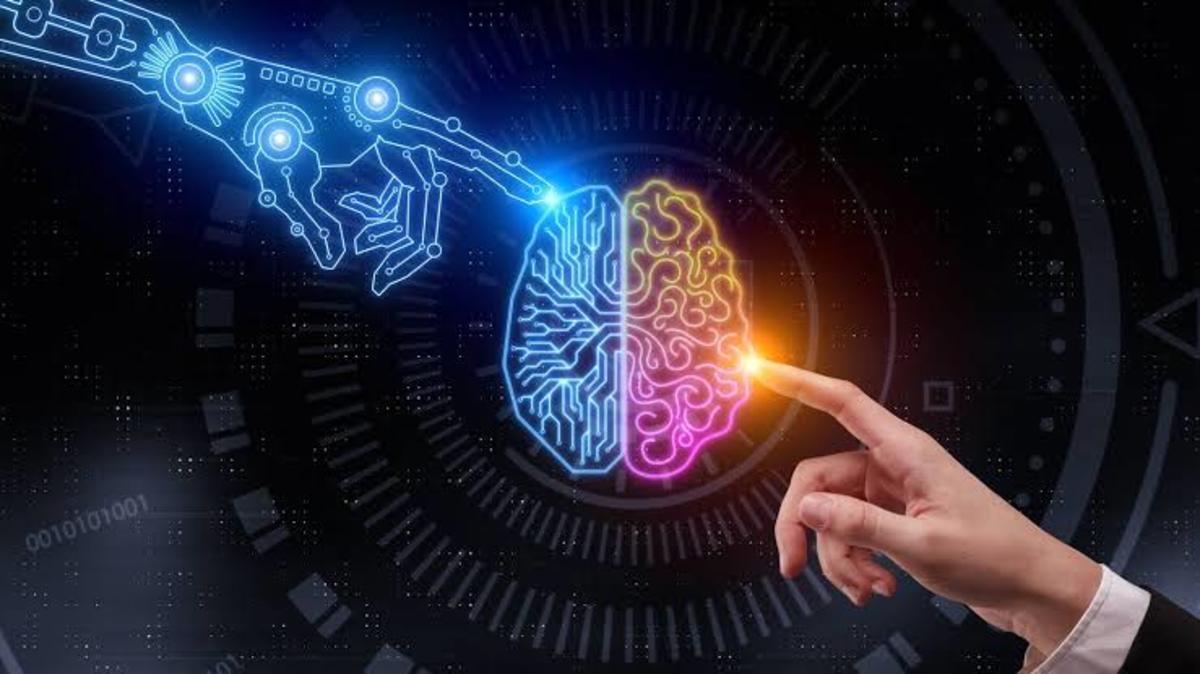The answer is that it isn’t: The human mind is not only a tool for learning and memory but also one for passing information from one generation to the next. While there are many different types of intelligence systems on Earth today—from dogs (which have been domesticated for thousands of years) to birds (which fly above forests) and insects (which swim through rivers)—all have something in common: They pass their “knowledge” along through generations using some form of communication.
AI Approaches
AI approaches include:
Machine learning. In this approach, a computer program learns from experience and makes predictions based on its own past experience or observations. For example, if you give a computer an image of a dog, it can recognize that the image contains dogs because it has been taught that all dogs look like this (by humans). Deep learning. Deep learning uses convolutional neural networks, which were inspired by biological thinking processes such as vision and hearing. Deep learning is often used in areas such as speech recognition and natural language processing (NLP) where there are lots of examples available for training purposes but not necessarily any clear objective goals or outputs required by users/customers.
Cognitive Science
The field of cognitive science is the study of the mind and intelligence in humans, animals, computers and robots. Cognitive science is a multidisciplinary field that draws on many branches of psychology, philosophy, linguistics, neuroscience and anthropology to answer questions about human cognition. This includes questions such as: How does our brain represent what we see? How do we understand others’ mental states? Do humans think any differently than other animals do? Cognitive science emerged as a new field in the 1950s when information processing techniques were applied to constructively test hypotheses about how people think. For example: if someone asks you “What’s the capital city of Brazil?”, you might say “Rio de Janeiro”. But if asked whether Rio de Janeiro was capital city of Brazil ?you’d probably answer “No”. This would be an example of rational thinking where your response matches what would be expected based on prior knowledge (i.e., being ableto use logic).
AI Applications
AI applications are everywhere, and they’re helping us do things we never thought possible. From voice assistants that help us get through our day-to-day tasks to self-driving cars that make driving safer and more convenient, AI is changing the world in ways we’ve never seen before. But what does this mean for human intelligence? Are there any implications for how humans will interact with their surroundings in the future? Let’s take a look!
Human Intelligence
Human Intelligence is the ability of the brain to process information and solve problems. It’s what allows us to think, reason, learn and remember things. Human beings are thought to be born with a certain level of intelligence that can be increased through experience or education (a person who has learned how to play tennis for example). AI learns from human data sets in order to improve itself over time. In other words: It learns from human behavior patterns so its systems become more efficient as they interact with real world situations, such as driving cars on highways or playing games like chess or Go.
AI and Human Intelligence Are Tightly Coupled
AI is a subfield of computer science. It studies the design, implementation and evaluation of intelligent agents that can perceive their environment and take action to achieve goals. AI is a field of study within artificial intelligence that deals with intelligent agents (e.g., robots) capable of performing “intelligent” tasks that require knowledge or judgment in certain situations beyond what would be expected from ordinary computational devices (computers). AI has been applied in many areas such as robotics, machine learning, video games, economic forecasting etc. While AI and human intelligence are closely linked, it is important to note that they are not the same thing. AI can augment human intelligence by providing assistance in areas like decision-making, but it does not replace or replicate our ability to think for ourselves. This is why we need humans in the loop so that we can ensure the outcomes of our projects are appropriate for both parties involved. This content is accurate and true to the best of the author’s knowledge and is not meant to substitute for formal and individualized advice from a qualified professional. © 2022 Maina Wilson
